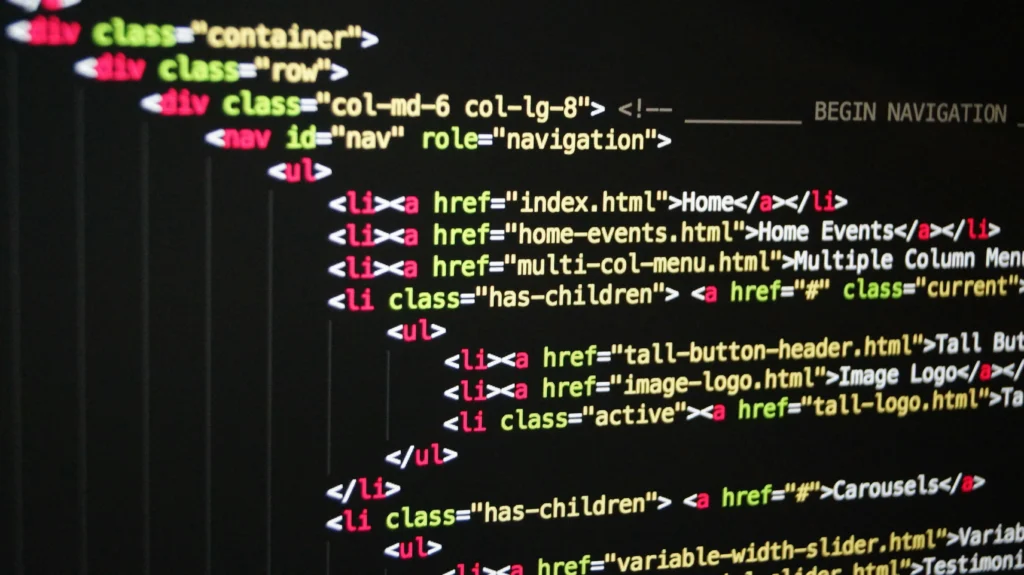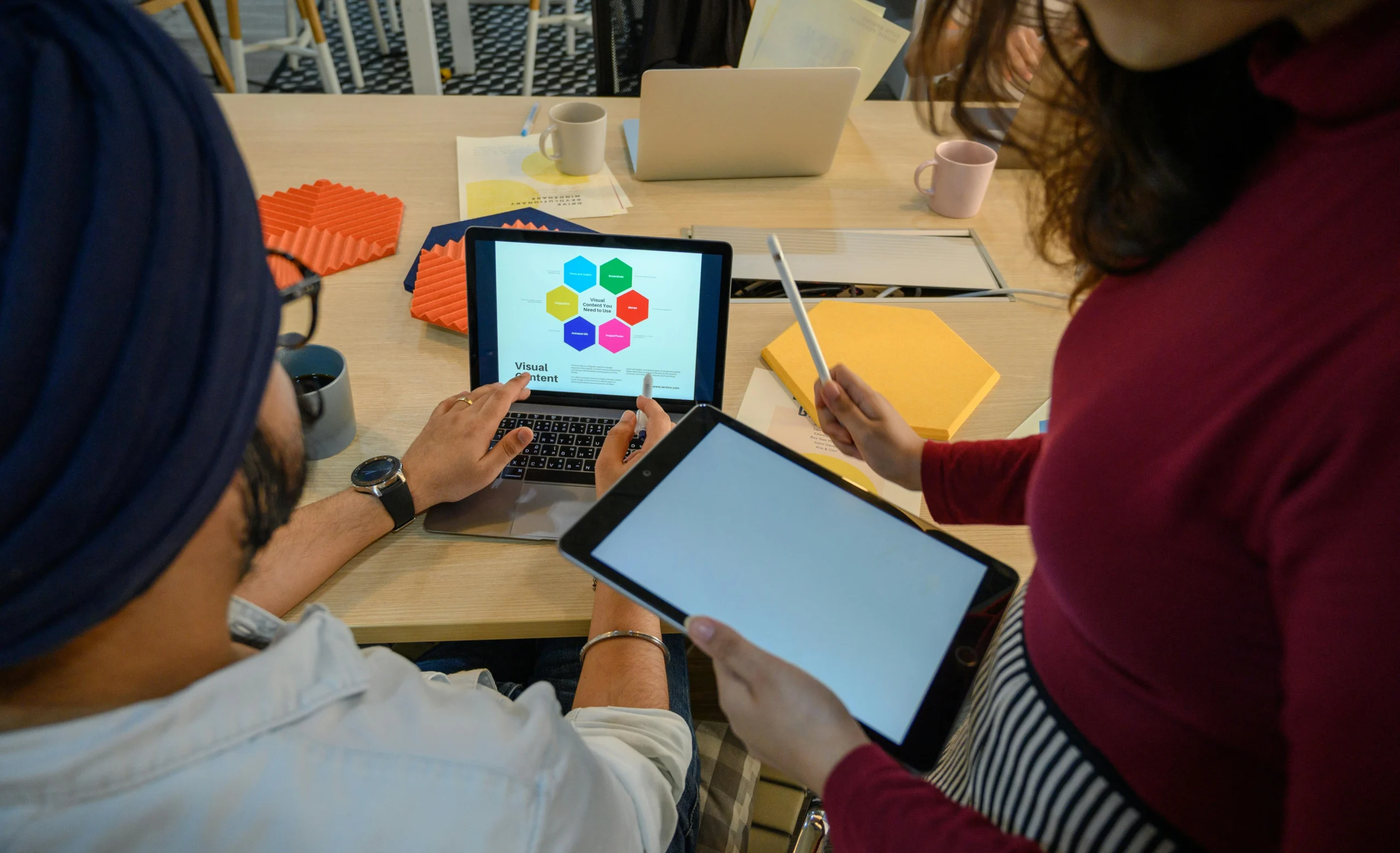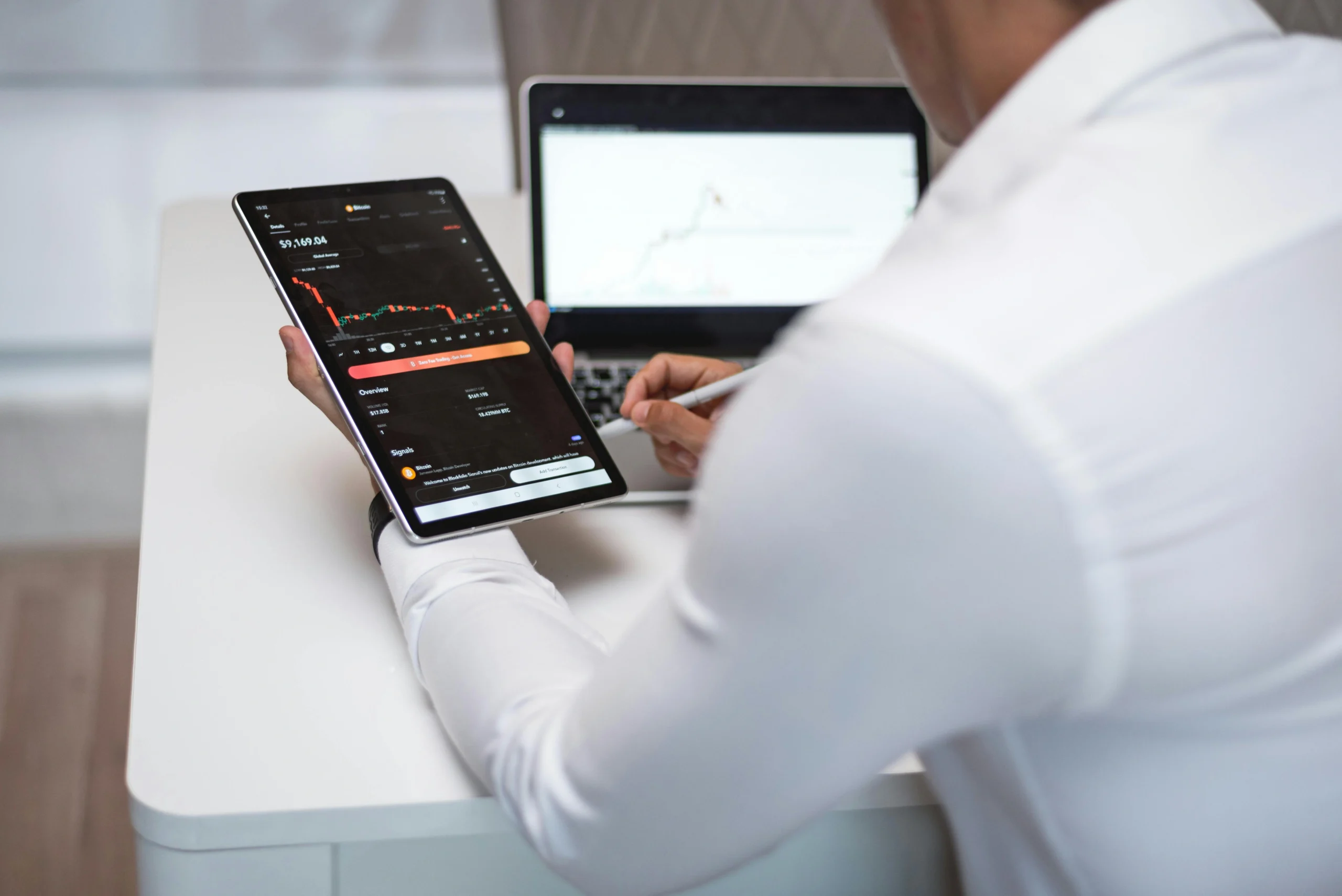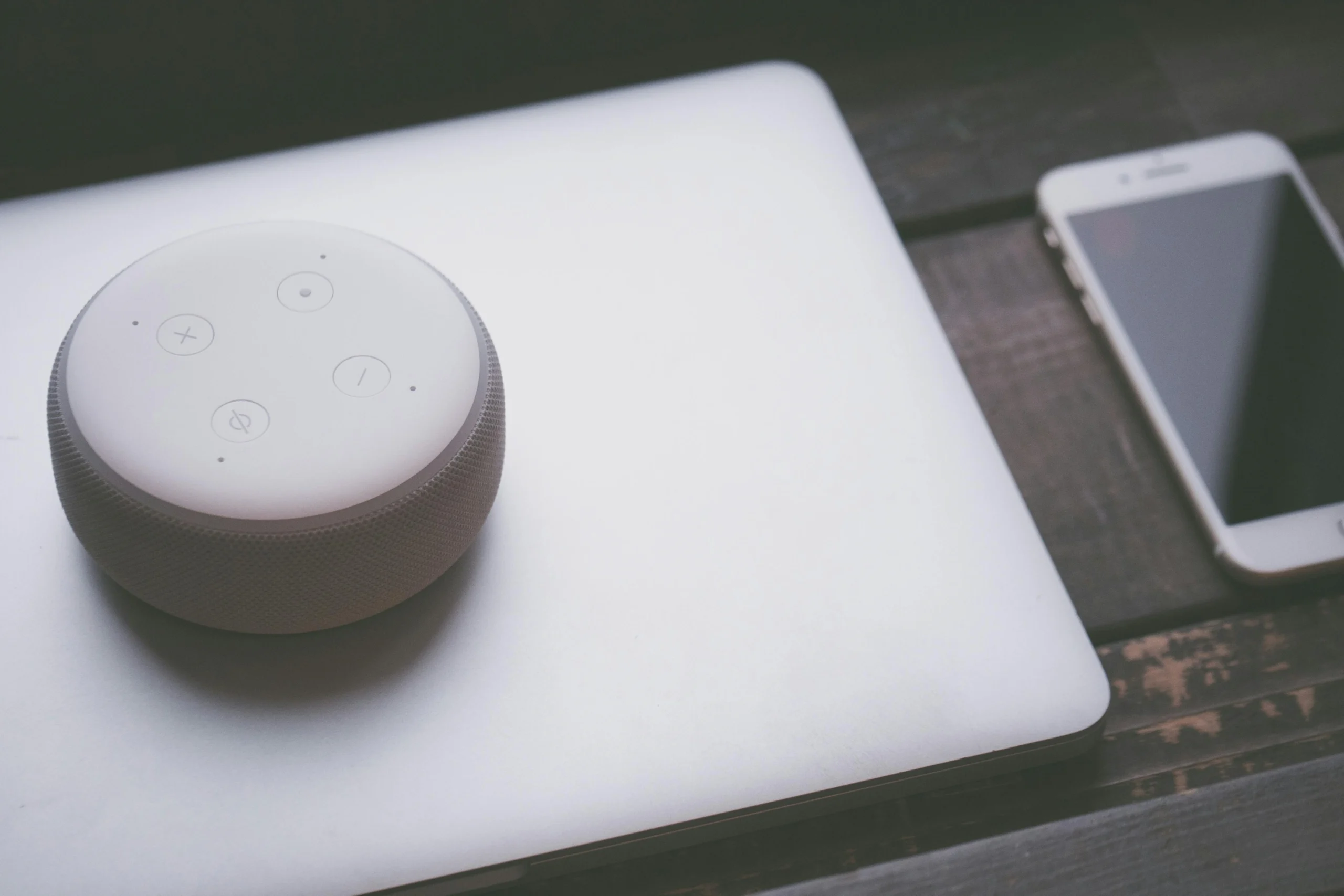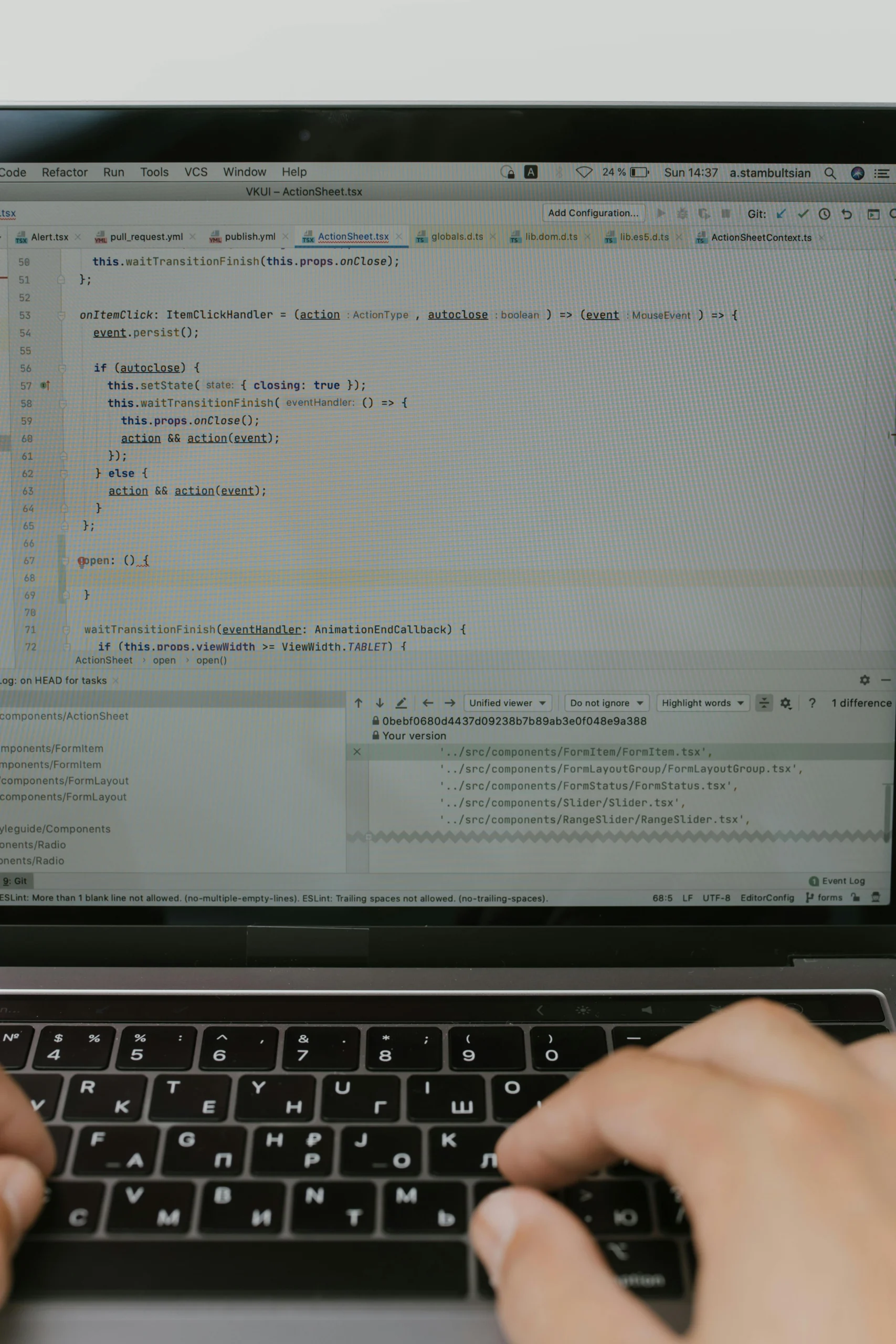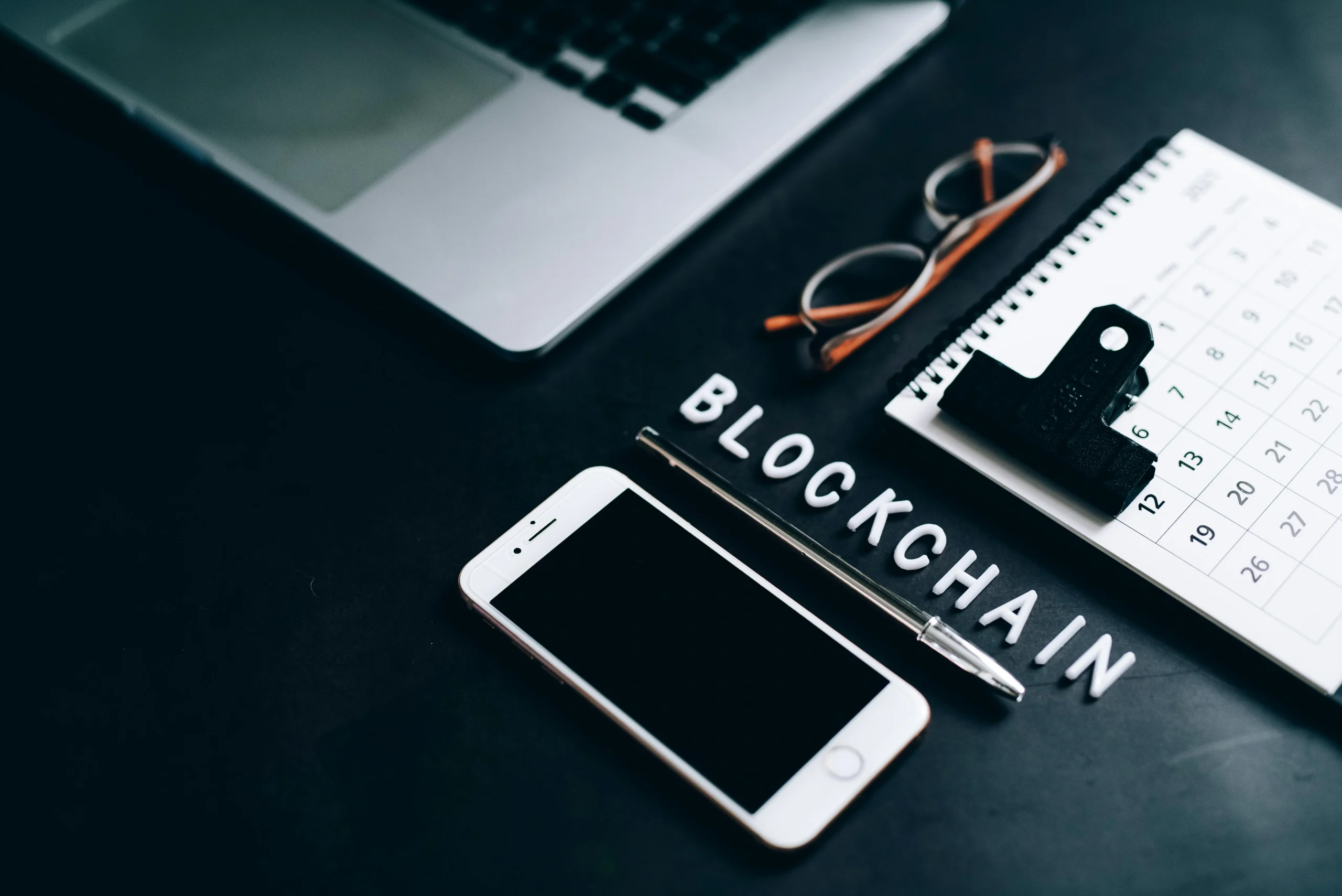The risk of aircraft encounters with space debris is on the rise as the volume of space junk, including defunct satellites and used rockets, increases. The European Space Agency estimates that approximately three pieces of this debris reenter Earth’s atmosphere daily. Projections indicate that by the mid-2030s, the risk may rise significantly due to the emergence of megaconstellations in orbit, potentially affecting aviation safety.
While no injuries have been reported from such incidents so far, the forecast suggests a 10% chance of a human death or injury resulting from a debris strike by 2035. This alarming possibility indicates that it might be likely for someone on Earth to be struck by space debris once every decade. Therefore, continued monitoring and mitigation strategies are crucial to enhance safety measures against space debris accidents.
In addition, advancements in AI technology are reshaping how conspiracies are addressed. Research indicates that individuals who believe in conspiracy theories can be guided towards accepting evidence through conversation with tailored AI chatbots. This highlights the potential for AI not only to propagate misinformation but also to counteract it, representing a dual-edged aspect of technology’s role in society today.
👉 Pročitaj original: MIT Technology Review – AI
